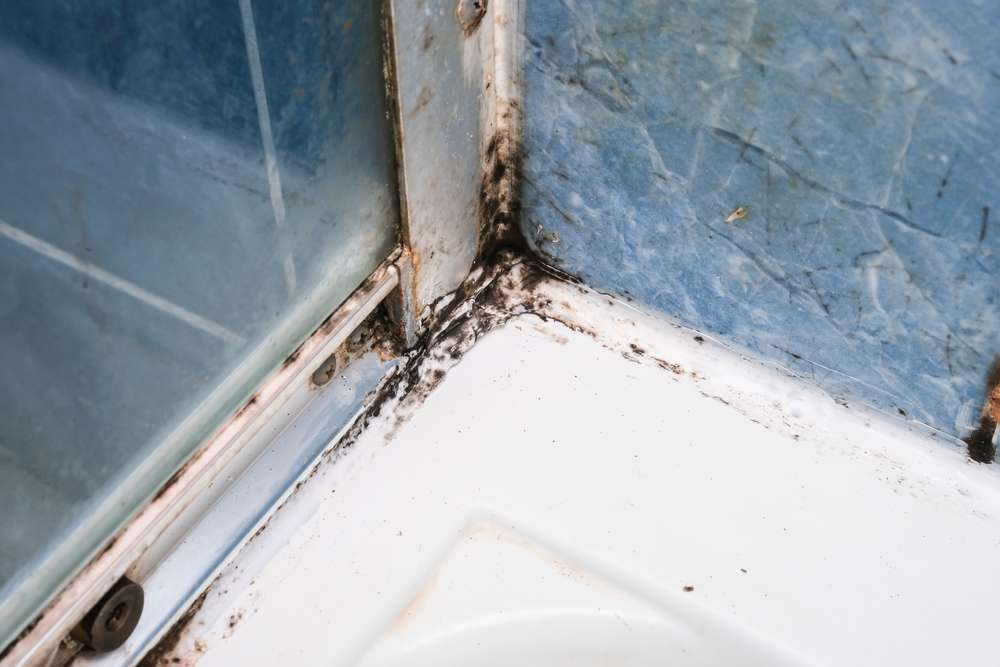Material choices that improve wet area longevity
Choosing the right materials for wet areas can substantially extend the life of finishes and reduce long-term maintenance. This article outlines practical material choices and design considerations that address moisture, humidity, and wear. It covers ventilation, waterproofing, tiling, sealants, drainage, fixtures, insulation, and sustainability to help guide renovation and maintenance decisions.

Ventilation and humidity control
Proper ventilation is the first line of defense against moisture-related deterioration. Mechanical ventilation, such as exhaust fans sized to the room volume and runtime controls, helps reduce humidity levels that promote mold growth and degrade materials. Natural ventilation through operable windows or passive vents can complement mechanical systems where climate and layout permit. Consider sensors or humidity-controlled fans to maintain consistent air exchange. Regularly inspect ducts and fan intakes to ensure unobstructed airflow; poor maintenance can neutralize the benefits of even the best ventilation equipment.
Waterproofing and sealants
A robust waterproofing strategy prevents moisture migration into structural elements. Use membrane systems on wet walls and floors, paying attention to transitions and corners where leaks often begin. Cementitious or liquid-applied membranes are commonly used under tiles and around plumbing fixtures. High-quality sealants at joints—compatible with adjacent materials—help maintain continuous water resistance. Re-sealant intervals depend on product and exposure level; schedule inspections during routine maintenance to spot failures early. Proper substrate preparation and following manufacturers’ installation instructions are essential for reliable long-term performance.
Tiling, grout, and drainage
Tile choices affect both aesthetics and durability in wet areas. Porcelain tiles with low water absorption rates are suitable for wet floors and walls. Install tiles with appropriate backing boards and a slope to drains to avoid water pooling. Use grout formulated for high-moisture environments or epoxy grout where staining and moisture resistance are priorities. Effective drainage design—proper slope to floor drains, linear drains where appropriate, and correctly positioned weep holes—reduces standing moisture and the risk of substrate damage over time.
Flooring, insulation, and heating
Flooring systems for wet areas need a balance of slip resistance and waterproofing. Consider layered systems with waterproof membranes under resilient or tile finishes. Insulation behind wall assemblies helps prevent condensation when warm, humid indoor air meets cooler surfaces; closed-cell foam or moisture-resistant mineral wool can be useful depending on assembly. Radiant floor heating can reduce surface moisture and improve occupant comfort, but it must be integrated with waterproofing and compatible floor coverings. Ensure expansion joints and transitions accommodate heating-induced movement to avoid cracks in finishes.
Fixtures, accessibility, and maintenance
Select fixtures and fittings designed for wet environments, including corrosion-resistant metals and finishes. Wall-mounted fixtures can reduce floor penetration points, simplifying waterproofing. Design for accessibility by minimizing thresholds and using barrier-free shower layouts that maintain drainage performance. Routine maintenance—cleaning grout lines, replacing worn sealants, and checking fixture seals—preserves material performance. Provide service access to concealed valves and drainage components to enable repairs without extensive demolition. Local services can assist with periodic inspections and targeted maintenance tasks.
Sustainability, sensors, and durability
Material choices can support sustainability goals while improving longevity. Durable materials with long service lives reduce replacement frequency; choose products with environmental certifications where available and consider recycled-content options for tile and backing materials. Sensors for humidity and leak detection add early-warning capability that prevents extensive damage by enabling prompt intervention. Durable finishes and routine upkeep extend useful life and reduce waste. When planning renovation, evaluate lifecycle implications and select assemblies that balance upfront impact and long-term resilience.
Conclusion Material selection combined with thoughtful detailing and regular maintenance determines how long wet-area finishes and assemblies will last. Prioritize effective ventilation, reliable waterproofing membranes, appropriately chosen tile and grout, well-designed drainage, and durable fixtures. Integrate insulation and heating sensibly to control condensation, and add sensors or controls for proactive moisture management. These measures yield more durable, lower-maintenance wet areas and support long-term sustainability and accessibility goals.





